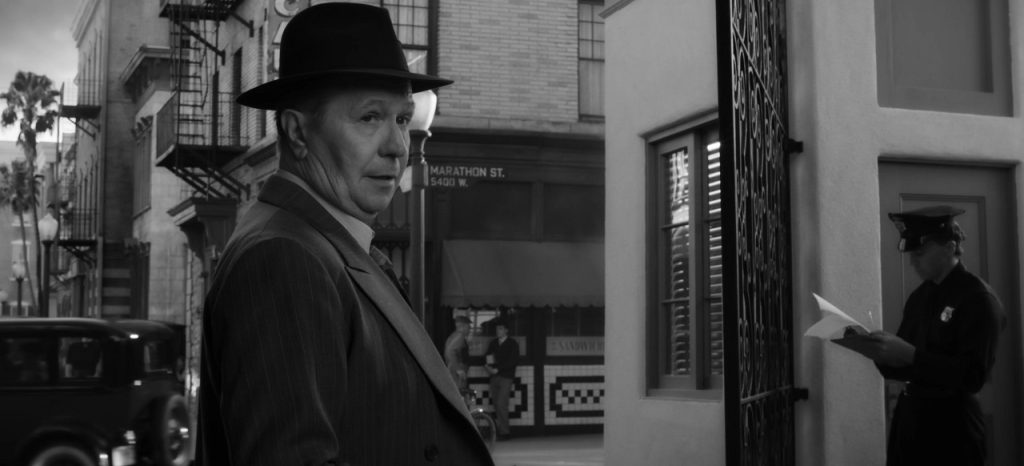
Mr Fincher,
I must confess this would have been a fan letter to your father had circumstances been different. Mank enjoys a superb screenplay bearing the stamp of its subject matter. It gave us a wonderful sense of period, Hollywood, the studios of the 30s. The Paramount writer’s room had the feel of the press room in Chicago’s Criminal Courts Building from The Front Page, complete with it’s authors, Ben Hecht and Charles MacArthur as themselves. (One can only wonder if Welles could have afforded him, what the screenplay for Kane would have looked like had Ben Hecht had written it? Nothing like Citizen Kane fer sure. There would have been no Citizen Kane. It was born of Mank’s relationship with Hearst).
With John Houseman running interference Herman J. Mankiewicz managed to write the screenplay for Citizen Kane without the Boy Genius breathing down his neck (“Genius” is a much overused adjective for young cinephiles, who apply it to the work of any director whose film they like, especially movies that look like those old Eastman Kodak commercials directed by Stu Hagmann). Mank was lucky that Welles’ frantic genius required him to pursue many projects at once, involving radio, theater, even music. (I think Welles’s idea to make Heart of Darkness told exclusively through Marlow’s P.O.V. would not have made it out of the starting gate. Robert Montgomery’s use of the subjective camera in the disastrous Lady in the Lake supports this conclusion. Delmer Daves’ use of subjective camera in opening of Dark Passage was simply annoying)
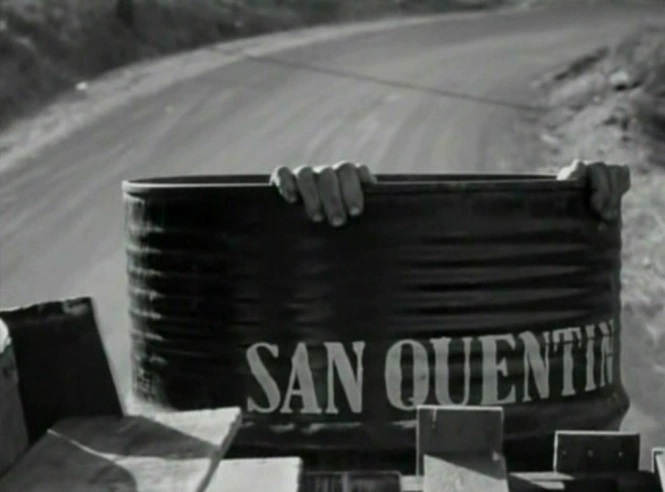
The first thing I noticed, other than Erik Messerschmidt’s beautiful black&white photography, reminiscent of the best of James Wong Howe and Gregg Toland, was the camera placement. Those wide shots with the camera placed just below eye level along with the judicious use of close-ups, also suggestive of Citizen Kane. Welles embraced John Ford’s advice to, “carry everything in one shot”. Keeping characters like Welles and Houseman in slight shadows except when a closer shot warranted. Cinema.
The voices of your actors are skillful, I am thinking of Tom Burke as Welles with his distinctive delivery, and Sam Troughton as John Houseman they would easily playwell in a radio version.
It appears Charles Dance as Hearst and Burke are played as different sides of the same coin. Whereas Hearst had Mank at his grotesque San Simeon costume parties to play Thersites, Welles employed him as a real life albeit talented Pat Hobby. Mank may not have hated them equally, but a man as powerful as Welles would give cause for a profound resentment by a man as resentful of the powerful as Mank. Welles used his formidable personality to run roughshod over everyone.
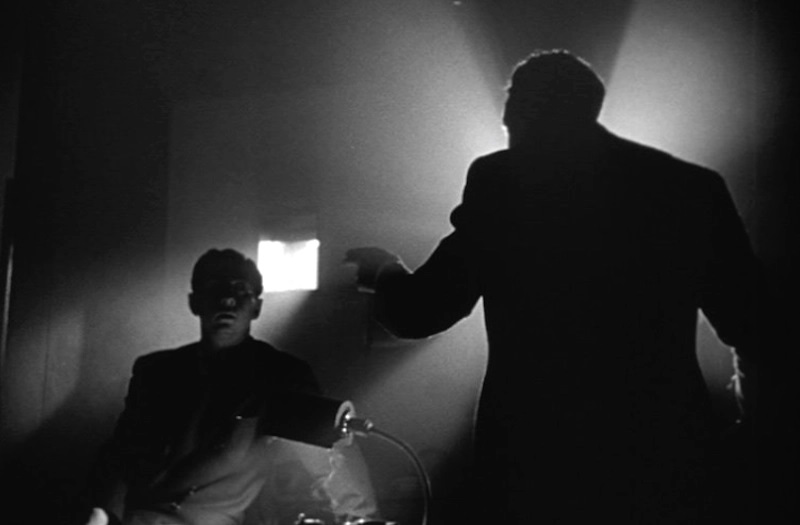
Mank’s hatred of Hearst was galvanized by the “Campaign of the Century”, socialist author Upton Sinclair 1934 run against Republican Frank Merriam for governor of California, with a promise to end poverty in the Golden State. The fascist Hearst could not allow that, so financed anti Sinclair radio ads and newsreels produced by the Hollywood resident Boy Genius of that day, the reactionary Irving Thalberg, then in the employ of Louis B. Mayer (Arliss Howard has come a long way from his performance as Cowboy in Full Metal Jacket). They were so overtly xenophobia, racist and over the top mendacious, their likeness is copied by the political class to this day.
Which brings up the question of credit for the Kane screenplay. Mank was obligated to accept a salary with no credit from Mercery Productions, the Welles company. The Boy Genius ego demanded he be seen as a triple threat: actor, director, producer, and writer. A one man band.
Mank knew the Citizen Kane screenplay was the best thing he ever wrote or would write and he wanted credit. Welles did not like to share credit for anything. He attempted to remove Howard Koch’s credit from The War of the Worlds radio script, implying Koch had no more creative influence than the Mercery receptionist, Judy Holiday. He claimed Mank made less of a contribution than John Houseman or Paul Stewart. Which begs the question: just what was the extent of John Houseman’s creative contribution to the script? Was he entitled to a writing credit?
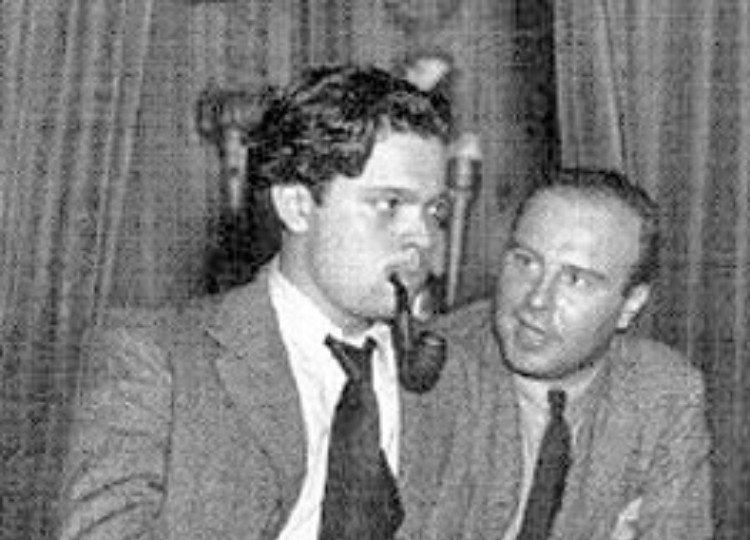
Anyone foolish enough to question the writing credit Welles deserves gets the same reaction one might get for decapitating Mother Teresa on Christmas Day at the Pope’s midnight mass. Pauline Kael endured the punishment one might expect Donald Trump to visit upon one of his detractors. The spirit of William Randolph Hearst lives on in the form of Peter Bogdanovich, High Priest of the Welles Cult. Kael dared to question the Welles’ contribution in the 1971 New Yorker essay, Raising Kane. Her reputation never recovered.
We do know not one word of the Welles’ treatment titled John Citizen, USA was never used, not even read by Mank.
I admit I had misgivings about the casting of Gary Oldman as Mank. His over the top performance in nonsense like Dracula, and his hysterical Russian general in Air Force One gave rise to my doubts. I did not detect a sign of the old Oldman in Mank. I was sold.
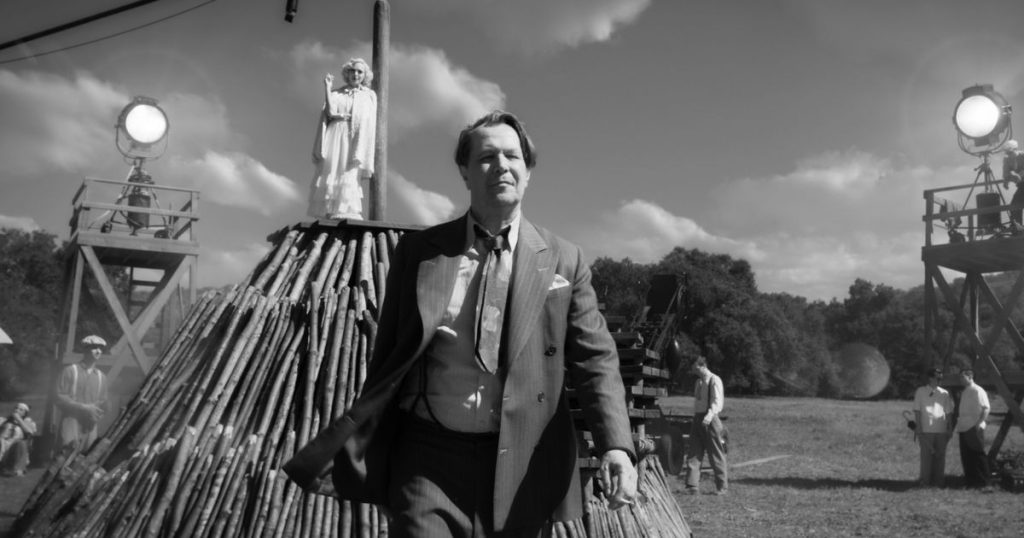
The same with Arliss Howard as Mayer. No sign of Cowboy.
However, the shining beacon of Mank is Amanda Seyfried as Marion Davies. She lights-up the screen and brings to mind Carol Lombard My Man Godfrey.
The argument over Who Wrote Citizen Kane will continue, but Mank puts Herman J. Mankiewicz in the plus column.
I look forward to more of your films in future. There is yet hope for the art of cinema.
Respectfully,
John Welsh